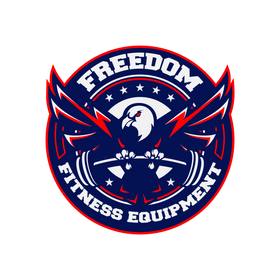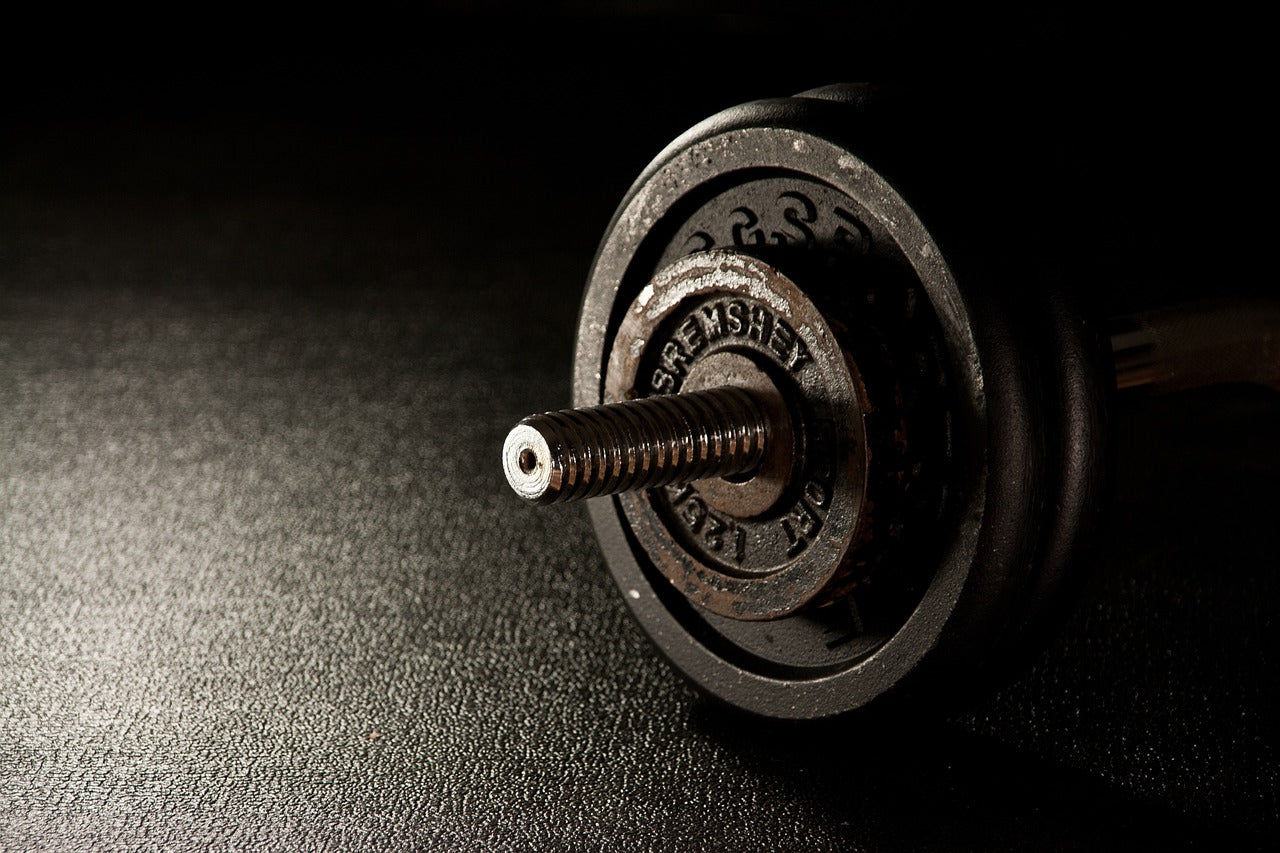Rubber flooring has become an increasingly popular choice for a variety of settings, ranging from commercial gyms and high school weight rooms to home play areas and retail spaces. Its unique combination of durability, safety features, and aesthetic versatility makes it an excellent flooring option for many applications. In this comprehensive guide, we'll explore all aspects of rubber flooring, including its benefits, types, applications, installation process, maintenance tips, and purchasing advice.
Benefits of Rubber Flooring
Durability and Resilience
One of the most significant advantages of rubber flooring is its exceptional durability. Designed to withstand heavy foot traffic and intense physical activities, it's ideal for environments like gyms, schools, and commercial spaces. The natural elasticity of rubber allows it to absorb impacts, reducing damage from dropped weights or equipment. This resilience not only protects the flooring itself but also extends the life of your subfloor.
Safety and Comfort
Rubber flooring offers excellent slip resistance, even when wet, making it a safe option for areas prone to spills or moisture. Its shock-absorbing properties reduce the risk of injuries from falls, which is especially important in settings like playgrounds and high school weight rooms. Additionally, the cushioning effect provides comfort underfoot, beneficial for spaces where people stand, walk, or exercise for extended periods. This comfort can lead to reduced fatigue and increased productivity.
Noise Reduction
The dense material of rubber flooring helps dampen sound, creating a quieter environment. This feature is particularly advantageous in gyms, schools, office buildings, and multi-story residential complexes where noise control is essential. By absorbing sound vibrations, rubber flooring minimizes echoes and reduces the transmission of noise between floors.
Eco-Friendly Options
Many rubber flooring products are made from recycled materials, such as old tires, contributing to environmental sustainability. Choosing recycled rubber flooring reduces waste and promotes eco-friendly building practices. This not only lessens the environmental impact but can also contribute to LEED (Leadership in Energy and Environmental Design) certification points for green building projects.
Types of Rubber Flooring
Rubber flooring comes in various forms to suit different needs and preferences. Each type offers unique advantages, and understanding these can help you make an informed decision.
Explore our full range of rubber flooring options here.
Rubber Tiles
Rubber tiles are versatile and easy to install. Available in multiple sizes, thicknesses, and colors, they allow for creative floor designs, including patterns and mosaics. Interlocking tiles are particularly user-friendly, as they snap together without the need for adhesives, making them ideal for DIY projects or temporary installations.
- Featured Product: Premium 3/8" Rubber Floor Tiles and Gym Tile Flooring (Interlock)
- These tiles offer a perfect balance of durability and ease of installation, suitable for both commercial and home gyms.
Checkout our overview of different flooring types, specifically tile, that you can use for your gym!
Rubber Rolls
Ideal for covering large areas with minimal seams, rubber rolls provide a smooth and continuous surface. They're commonly used in commercial gyms and sports facilities for their uniform appearance and ease of maintenance. Rubber rolls are typically glued down for a permanent installation, ensuring stability even under heavy use.
- Featured Product: Hammer Clad Premium Rubber Gym Rolls Gym Flooring
- These premium rolls offer superior durability and are designed to withstand the rigors of high-traffic environments.
Rubber Mats
Rubber mats are portable and perfect for protecting specific areas, such as under heavy equipment, entryways, or in play zones. They offer flexibility and are easy to clean, making them a convenient option for temporary setups, rented spaces, or areas that require frequent cleaning.
- Featured Product: New 1/2" Premium Gym Flooring 4' x 6' Confetti Fleck
- These mats provide excellent shock absorption and come in an attractive confetti fleck design.
For larger projects, purchasing in bulk can be cost-effective:
- Bulk Option: Bulk 100 Pack 3/8" Premium Gym Flooring 4'x6'I
- Ideal for outfitting entire facilities while staying within budget.
Applications of Rubber Flooring
Gym and Fitness Centers
Rubber flooring is a staple in gym environments due to its durability and safety features. It provides a non-slip surface that protects both the athletes and the equipment. The shock-absorbing properties reduce the impact on joints during exercises, enhancing athletic performance and comfort.
Learn more about what type of rubber flooring material you need for your gym.
High School Weight Rooms
For educational institutions, rubber flooring ensures safety and longevity. High school weight rooms benefit from flooring that can handle the wear and tear of daily use by students while minimizing the risk of injuries.
Check out our blog on the best rubber gym flooring for high school weight rooms to make an informed choice.
Playgrounds and Recreational Areas
Safety is paramount in playgrounds. Rubber flooring provides a soft landing surface, reducing the risk of injuries from falls. Its slip-resistant and shock-absorbing properties make it ideal for children's play areas, parks, and recreational facilities.
Commercial and Retail Spaces
In high-traffic commercial areas, rubber flooring stands up to wear and tear while offering a sleek and professional appearance. Its noise-reducing properties enhance the customer experience by creating a more pleasant shopping or dining environment. Additionally, rubber flooring's ease of maintenance makes it a cost-effective option for businesses.
Residential Use
Home gyms, basements, kitchens, and children's playrooms can greatly benefit from rubber flooring's comfort and resilience. It's an excellent option for homeowners seeking a durable and low-maintenance flooring solution that also adds a modern aesthetic to their spaces.
Installation Process
Installing rubber flooring can be a straightforward process, especially with the right preparation and tools.
Preparing the Subfloor
A successful installation begins with a clean, dry, and level subfloor. Whether you're working with concrete, wood, or another material, ensure that the surface is free of debris, dust, and moisture. Repair any imperfections, such as cracks or holes, to prevent future issues with the flooring.
Installation Methods
-
Interlocking Tiles: Fit together like puzzle pieces, making installation straightforward without the need for adhesives. This method is perfect for DIY enthusiasts and allows for easy relocation or replacement of individual tiles.
-
Glue-Down Method: Ideal for permanent installations in high-traffic areas. This method provides a secure bond and ensures the flooring stays in place under heavy use. Professional installation is recommended for the best results.
-
Loose Lay: Suitable for heavy rubber rolls or mats that stay in place due to their weight. This method is quick and allows for easy removal if necessary.
For a step-by-step guide, read our blog on How-To Guide: Installing Rubber Flooring.
Checkout Adrian Gluck at Gluck's Gym review our Hammer Clad flooring and give some glowing feedback on the installation!
Maintenance and Care
Proper maintenance extends the life of your rubber flooring and keeps it looking its best.
Cleaning Tips
Rubber flooring is low-maintenance and easy to clean. Regular sweeping or vacuuming removes dirt and debris, while occasional mopping with a mild detergent keeps it fresh. Avoid using harsh chemicals, oils, or abrasive cleaning tools that could damage the surface.
For a detailed guide, check out our blog on How to Clean a Rubber Gym Floor. This resource offers step-by-step instructions and helpful tips.
Longevity Practices
-
Protective Measures: Use furniture pads under heavy equipment to prevent indentations and scratches.
-
Immediate Spill Cleanup: Address spills promptly to prevent staining and slipping hazards. Rubber is non-porous, but prolonged exposure to certain substances can cause discoloration.
-
Routine Inspections: Periodically check for signs of wear or damage. Early detection allows for timely repairs, preventing minor issues from becoming major problems.
By following these practices, you can extend the lifespan of your rubber flooring significantly.
Environmental Impact
Opting for rubber flooring made from recycled materials contributes to environmental conservation by reducing landfill waste. Manufacturing rubber flooring from recycled tires and other materials uses less energy and fewer natural resources compared to producing new rubber.
Organizations like the U.S. Green Building Council recognize the importance of sustainable building materials. Using eco-friendly flooring can contribute to green building certifications and enhance the environmental profile of your project.
Purchasing Tips
When selecting rubber flooring, consider factors such as thickness, type, intended use, and budget.
- Type: Choose between tiles, rolls, or mats based on the size of the area and installation preferences.
- Intended Use: Assess the specific needs of your space—whether it's for high-impact sports, children's play, or commercial foot traffic.
For comprehensive advice, read our blog on The Ultimate Guide to Purchasing Rolled Rubber Flooring for Your Gym. This guide will help you make an informed decision that suits your specific needs.
Frequently Asked Questions
Is rubber flooring suitable for outdoor use?
While most rubber flooring is designed for indoor use, there are specialized products made for outdoor environments. These outdoor rubber tiles are UV-resistant and can withstand weather elements, making them ideal for playgrounds and patios.
Can I install rubber flooring over carpet?
It's not recommended to install rubber flooring over carpet because the softness of the carpet can cause the rubber flooring to shift or buckle. It's best to remove the carpet and install the rubber flooring over a solid, level subfloor.
How does rubber flooring impact indoor air quality?
High-quality rubber flooring has low VOC (Volatile Organic Compounds) emissions, which means it doesn't release harmful gases into the air. This makes it a good choice for maintaining healthy indoor air quality.
Conclusion
Rubber flooring offers a multitude of benefits that make it an excellent choice for various applications. Its durability, safety features, and aesthetic versatility provide value in both commercial and residential settings. By understanding the different types available and following proper installation and maintenance practices, you can enjoy the long-lasting advantages of rubber flooring.
Whether you're outfitting a commercial gym, upgrading a high school weight room, or setting up a home workout space, rubber flooring is a reliable and cost-effective solution.
For authoritative information on rubber flooring standards and safety, visit the Rubber Manufacturers Association.
Ready to transform your space with rubber flooring? Contact us today to find the perfect solution for your needs.
By choosing the right rubber flooring, you're investing in safety, durability, and the overall quality of your environment. Let us help you make the best choice for your specific needs.

